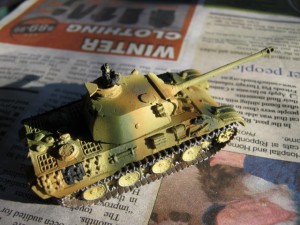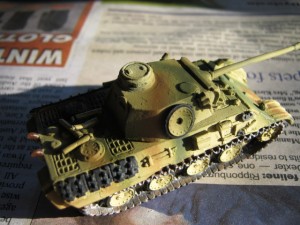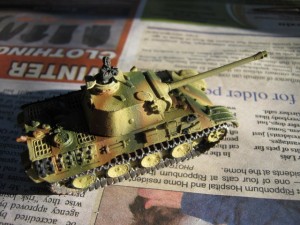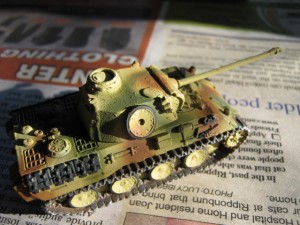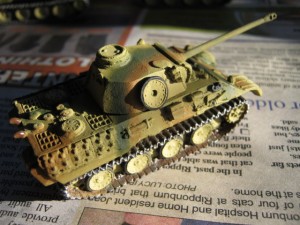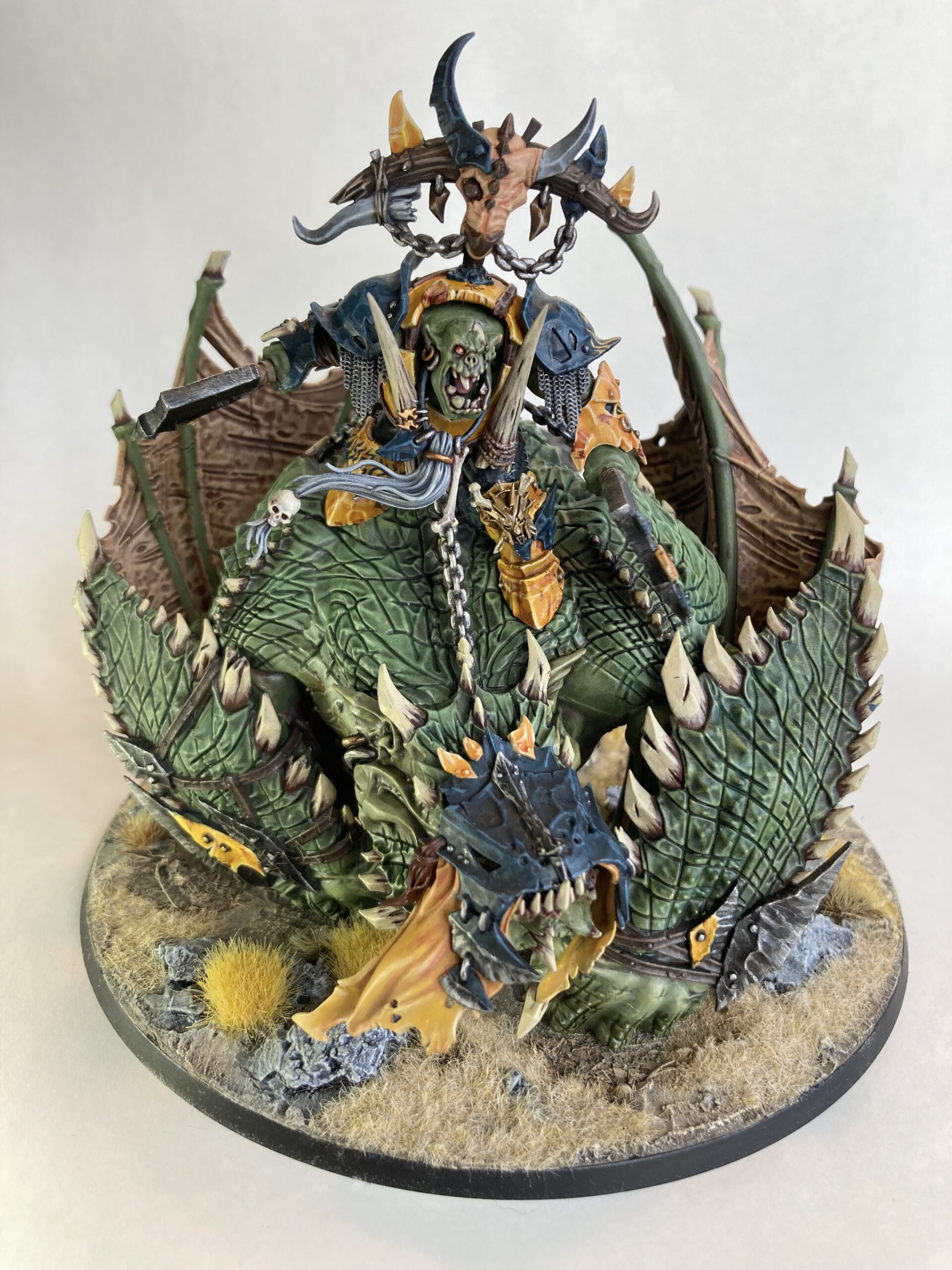Fletching arrows – an experiment.
Hello everyone,
I have been caught up with doing stuff with green stuff lately. And as part of my conversions I have been modifying Moria goblins.
As part of my conversions I had bought some cheap Goblins from and on line auction and two of them were already converted by weapon swaps. They were both archer figures so all I really needed to do was remove the quivers with arrows from their backs.
However.. in my stock of stuff on my work bench I have some 0.020 brass rod stock. This stuff is cheap as chips here and I decided that the poses of these goblins would look good with a few Elf arrows stuck in their shields. They are the remnants of a volley before receiving a charge perhaps.
So using a pair of dividers I set the length of an elf arrow from a Haldir figures quiver and cut three lengths of rod for the arrow shafts. I noted that a Goblin or Orc arrow, needs to be both thinner and shorter than this example, so you would need to use thinner wire.
I had an old paint brush which had only the ferrule and no bristles.. I used it to hold pins as a sculpting tool. I used it to hold the brass wire while I heated the tip red hot with a cigarette lighter and then pushed the wire into the shield.
You could use a pin vice for this too but the after the wire sticks you can easily pull the brush handle away and leave the wire in the model.. and because it is insulated with the wood handle the wire gets hotter quicker and does not burn your fingers too.

So on to the experiment….
So I have got these shafts protruding from the shields and now I am left thinking about how to put feather fletches on them.
I have two options at present…
1. Sculpt green stuff on them.
2. Glue paper on them.
1. I have started with the green stuff option… results are mixed. First you roll a ball of GS and put it on the end of the shaft. Then using a wetted pair of hobby tweezers you squeeze the ball at four sides to create the flat fletches. I have done this so far, learning if you squeeze too close to the shaft the whole thing will fall off. Now all I need to do is wait for it to cure and then trim the flats to shape.



When it came to trimming I was going to use scissors. However I knew this may bend the fletches and make them look manky. So I used a pair of trusty finger nail clippers… wow what a great result. Uniformly curved cut, the same shape on each cut.. just what I wanted!
2. I haven’t tried gluing paper onto the shafts yet. I am expecting that the effect may look better than GS as long as I can glue them properly. I will use the finger nail clippers too for the shape.
Here are some pictures of progress…


Anyhow.. does anyone have any better alternatives to this? I’m interested
in trying them.
